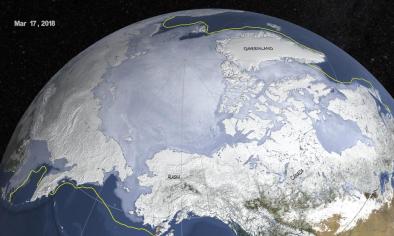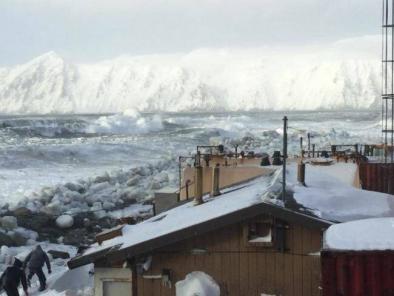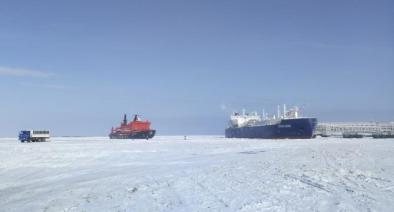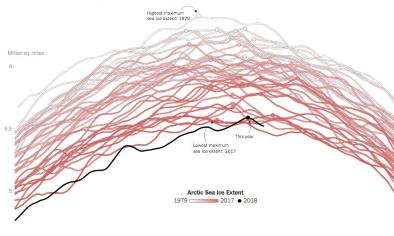Arctic temperatures surge in dead of winter
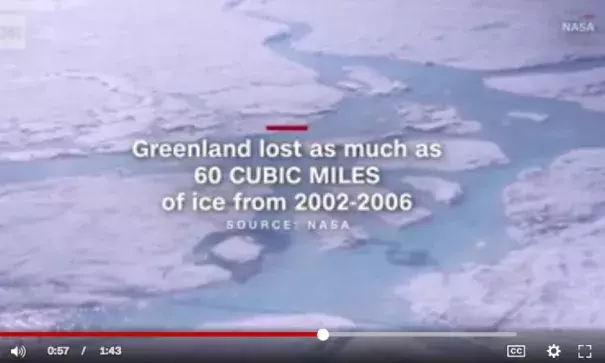
Winter is still in full swing in the North Pole, but temperatures this week have been downright summerlike in the Arctic.
Although it is shrouded in the darkness of a 24-hour polar night, temperatures in the Arctic have soared well above freezing this week, marking the hottest temperatures recorded in the region during winter, according to scientists from the Danish Meteorological Institute.
Calculations from Cape Morris Jessup, the world's northernmost land-based weather station, show that temperatures from February in eastern Greenland and the central Arctic are averaging about 15°C (27°F) warmer than seasonal norms.
And although the Arctic has seen temperatures climbing for decades, the past few years have seen the most extreme changes, according to Martin Stendel, a climate scientist at DMI. For the past 20 years, temperatures above freezing in February have only been recorded three times -- first in 2011, then in 2017 and now.
"For years, absolute values of temperatures have become higher and higher, but if you look a couple years back it's not so interesting whether the temperatures were minus 10 degrees C or minus 5 degrees C because the temperature was still well below zero," Stendel said.
But this month's unusual rises are interesting -- and unprecedented -- and have continued for a record nine days in a row.
...
So what's causing the Arctic's "heat wave"?
It's a combination of warm weather patterns coming into contact with retreating sea ice and rising and warmer sea levels, said Robert Graham, climate scientist at the Norwegian Polar Institute.
Although powerful storms have brought warm winds to the Arctic in the past, a fortress of sea ice would typically cool them down as they traveled north. But the Arctic's shrinking sea ice has moved those barriers farther north, where southerly winds have been able to travel for longer stretches without being cooled. And as ocean levels and temperatures continue to rise, those warm southern winds are finding comfortable refuge across the Arctic Sea as they make their way toward the North Pole.
Related Content
